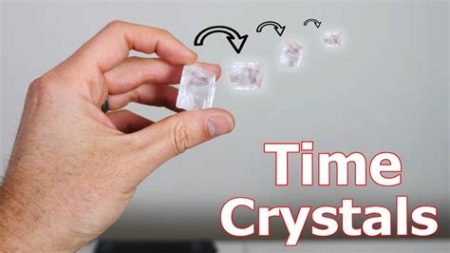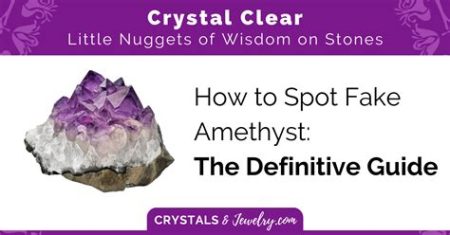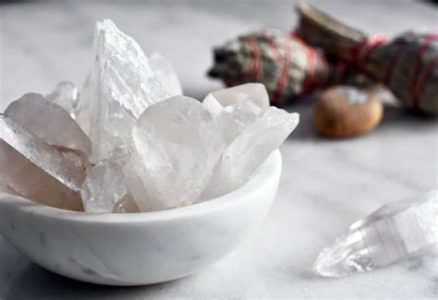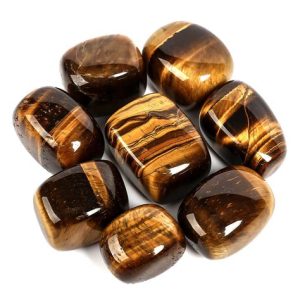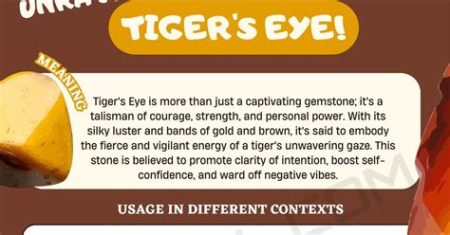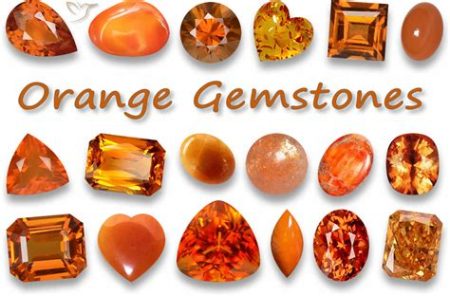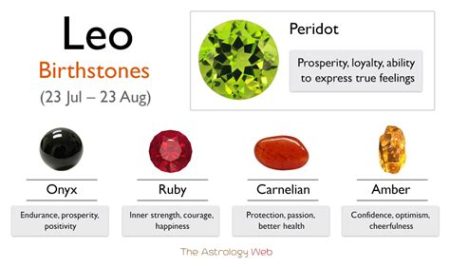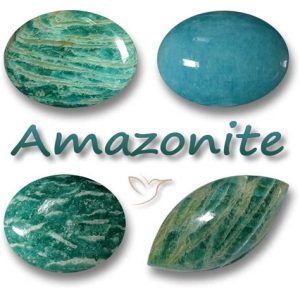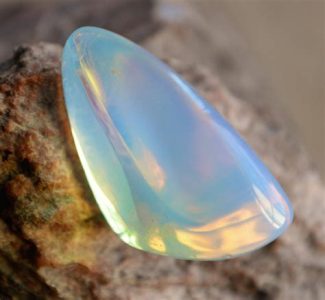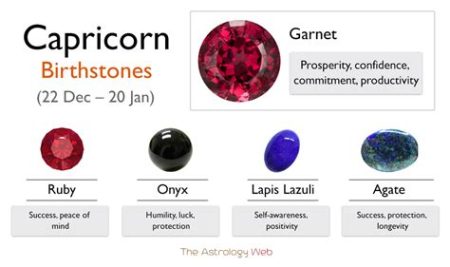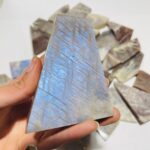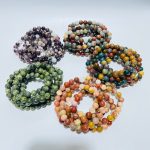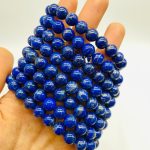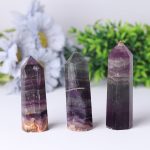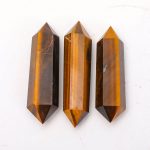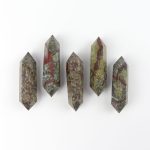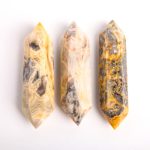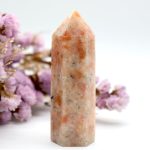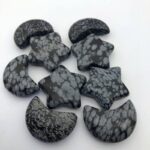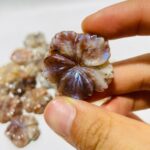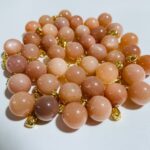Introduction
Prehnite and epidote are two closely related minerals that share many similarities. Both minerals are members of the silicate mineral group, and both have a green color. However, there are also some important differences between the two minerals.

Prehnite
Prehnite is a relatively soft mineral, with a hardness of only 6 on the Mohs scale. It is typically found in hydrothermal veins and in cavities in volcanic rocks. Prehnite is often used in jewelry, and it is also said to have metaphysical properties.
Epidote
Epidote is a harder mineral than prehnite, with a hardness of 6.5 on the Mohs scale. It is typically found in metamorphic rocks, and it is also sometimes found in igneous rocks. Epidote is not as commonly used in jewelry as prehnite, but it is still a popular mineral among collectors.
Prehnite vs Epidote
The following table compares the key differences between prehnite and epidote:
| Feature | Prehnite | Epidote |
|---|---|---|
| Hardness | 6 | 6.5 |
| Color | Green | Green |
| Crystal structure | Orthorhombic | Monoclinic |
| Chemical composition | Ca2Al2Si3O10(OH)2 | Ca2(Al,Fe)3Si3O12(OH) |
| Occurrence | Hydrothermal veins and cavities in volcanic rocks | Metamorphic rocks and igneous rocks |
| Uses | Jewelry, metaphysical properties | Jewelry, collector’s mineral |
Applications of Prehnite with Epidote
Prehnite and epidote have a number of potential applications, including:
- Jewelry: Both prehnite and epidote can be used in jewelry. Prehnite is often used in cabochons and beads, while epidote is often used in faceted stones.
- Metaphysical properties: Prehnite is said to have a number of metaphysical properties, including the ability to promote healing, love, and abundance. Epidote is said to have similar properties, but it is also said to be helpful for grounding and protection.
- Collector’s minerals: Prehnite and epidote are both popular collector’s minerals. They are often found in beautiful crystals, and they can be a valuable addition to any mineral collection.
Conclusion
Prehnite and epidote are two closely related minerals that have a number of similarities and differences. Both minerals are beautiful and have a variety of potential applications.
Table 1: Physical Properties of Prehnite and Epidote
| Property | Prehnite | Epidote |
|---|---|---|
| Hardness | 6 | 6.5 |
| Color | Green | Green |
| Crystal structure | Orthorhombic | Monoclinic |
| Density | 2.9-3.0 g/cm³ | 3.3-3.5 g/cm³ |
| Refractive index | 1.60-1.61 | 1.70-1.76 |
| Birefringence | 0.010-0.012 | 0.015-0.020 |
Table 2: Chemical Composition of Prehnite and Epidote
| Element | Prehnite | Epidote |
|---|---|---|
| CaO | 27.3% | 24.3% |
| Al2O3 | 24.2% | 24.0% |
| SiO2 | 46.0% | 49.4% |
| H2O | 2.5% | 2.3% |
Table 3: Occurrence of Prehnite and Epidote
| Occurrence | Prehnite | Epidote |
|---|---|---|
| Hydrothermal veins | Yes | No |
| Cavities in volcanic rocks | Yes | Yes |
| Metamorphic rocks | No | Yes |
| Igneous rocks | No | Yes |
Table 4: Applications of Prehnite and Epidote
| Application | Prehnite | Epidote |
|---|---|---|
| Jewelry | Yes | Yes |
| Metaphysical properties | Yes | Yes |
| Collector’s minerals | Yes | Yes |

